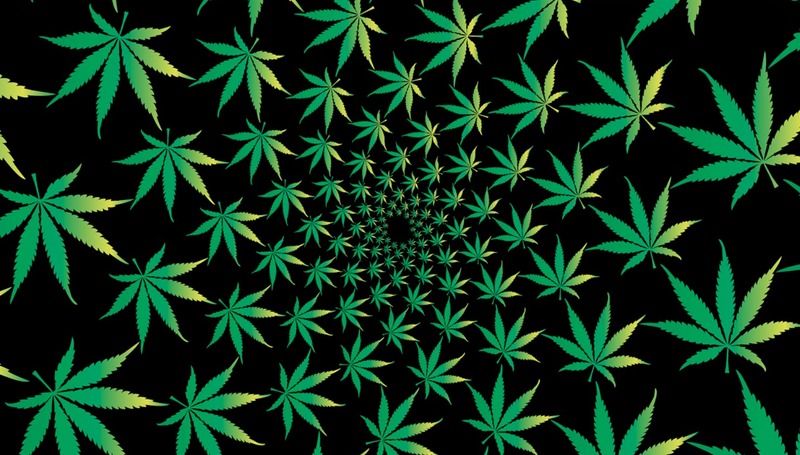7 Signs of Marijuana Use
- A person’s attention may be divided while engaged in a discussion. It is difficult for someone who is high on marijuana to have a normal conversation. The individual will lack the ability to concentrate on the topic of discussion. He could get sidetracked by various other subjects.
- Appetite increases. One of the consequences of marijuana use is binge eating. The user will desire to eat large amounts of unhealthy foods and sweets after smoking marijuana.
- The withdrawal symptoms that are experienced. A lack of motivation and energy is one of the most common indications of marijuana abuse. People who use marijuana have a noticeable deficit in motivation. Look for an abandonment in interests in activities that were previously a big part of one’s life. Another typical symptom of cannabis usage is poor sleeping habits.
- Possession of drug equipment, such as bongs or rolling papers. Look for items like as bongs, rolling papers, roach clips, pipes, or other smoking or storage devices.
- Uncontrolled giggling. When someone is high on marijuana, they may go into fits of uncontrollable giggling, often at inappropriate times.
- There are a variety of reasons why someone might seek help for drug addiction. Legal or financial difficulties are among them. Drug users have legal problems and an ongoing need for money. Both are warning signals that the person is using marijuana, since he spends most of his money on drugs. Another indication that the individual has legal issues is when he transports illicit substances from one location to another.
- Paranoia. Watch for behavior that includes suspicious thoughts and feelings that “everyone is out to get me.”

Possible Effects On Teens
According to a study done by Duke University, the long-term dangers of Marijuana use were highlighted. Marijuana users who habitually used during adolescence had an average IQ loss of 8 points between ages 13 and 38, according on a survey of 1,037 individuals. However, another research investigating twins found no clear difference in overall knowledge and ability between those who smoked marijuana and did not smoke it.
While long-term consequences of adolescent Marijuana usage are uncertain, researchers do not believe that it is safe. There are additional observational studies linking adolescent cannabis use with continued learning difficulties and issues in mental growth, as well as an increased risk of schizophrenia, similar to the research mentioned above.
Recognizing A Marijuana Addiction
An insatiable desire to use Marijuana, no matter the consequences, is one of the most evident indications of a Cannabis addiction. This might imply getting stoned at work or blowing more money on the drug than you can afford. Most persons addicted to Marijuana consider themselves normal only when they are high.
Some clinical warning signs of Marijuana addiction include:
- Consuming more Marijuana than intended or for a longer period of time
- The inability to cut down on intake, despite the desire to do so
- Continuing to use Marijuana despite obvious negative consequences in your personal/professional life
The Effects of Marijuana on the Brain: How Weed Gets You High
The adverse effects of marijuana use are generally well understood by the public, and they’re due to how marijuana acts on the brain. The psychoactive chemical in marijuana, delta-9-tetrahydrocannabinol, is known as THC. THC is absorbed through the bloodstream and binds to cannabinoid receptors (complexes that interact with the cannabinoids neurotransmitter) in the brain. Cannabinoids are naturally present in the body.
Cannabinoids have a variety of effects on cannabinoid receptors, the most significant of which is to dampen communications between cells and the brain. Because THC has this effect, marijuana is frequently associated with a relaxing and soothing influence. THC also activates the brain’s pleasure system, producing euphoric effects similar to those seen with cannabis.
Increased Potency
Marijuana is not only a popular drug; it is also an ever-changing one. The National Institute on Drug Abuse notes that the strength of marijuana has been increasing for decades. Increased potency mainly stems from marijuana growers’ ability to develop new, more potent strains all the time.
Higher amounts of THC are associated with more unusual and readily observable side effects. According to CNN, Dr. Stuart Gitlow of the American Society for Addiction Medicine has discovered that approximately one in every 100 persons who uses highly concentrated marijuana will experience psychotic symptoms. Furthermore, according to Fox News, one research found that using marijuana with a high THC concentration can trigger psychiatric issues.
These facts about super-potent cannabis have important implications for anxious people. Marijuana use may manifest as sudden or uncharacteristic psychotic symptoms (e.g., a disconnection from reality). Psychiatric adverse effects can be more severe in someone who has an mental health problem, but non-affected people are not immune to bad reactions. It’s worth noting that super strong marijuana is not the same as “synthetic marijuana” (chemicals sprayed onto leaves and sold under various names, such as Spice). Some users have reported experiencing extreme aggressiveness, the inability to communicate, hallucinations, and/or general unresponsiveness after using synthetic marijuana.
Despite popular belief, marijuana use can result in addiction and/or physical dependence. Regular users may develop a tolerance to the drug, requiring more of it to have an effect. They may become dependent and experience withdrawal if they stop using. They might also end up becoming dependent on the substance.
Although marijuana withdrawal is typically considered to be minor, it might induce irritability or anxiety. Marijuana withdrawal symptoms in heavy users can include cravings for marijuana, sleeplessness, irritability, anxiety, and boredom.
